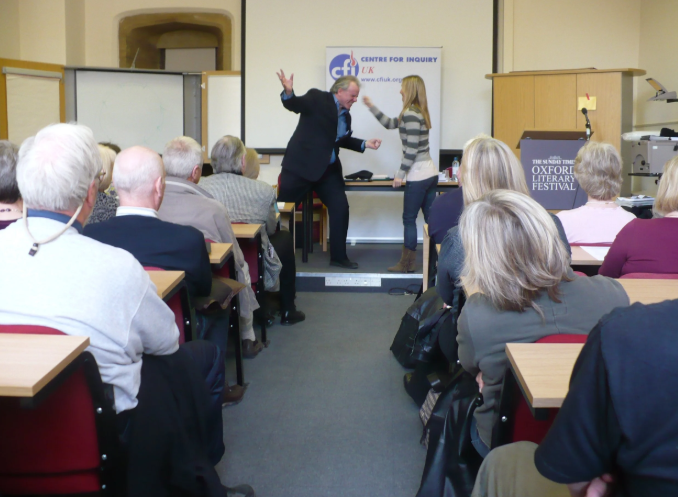Team Building Exercises: Boosting Collaboration, Trust, and Performance
Team Building Exercises: Boosting Collaboration, Trust, and Performance
Every successful workplace relies on more than individual skills. True success comes from collaboration, trust, and the ability to solve problems together. That’s why organisations turn to Team building exercises. Far from being just fun distractions, these activities are designed to strengthen communication, improve morale, and create lasting bonds between colleagues.
In this article, we’ll explore why Team building exercises matter, the different types available, and how to implement them effectively to build stronger, happier teams.
Why Team Building Exercises Are Important
Workplace dynamics can be complicated. Employees often come from different backgrounds, with unique personalities and working styles. Without a deliberate effort to bring people together, teams can struggle with communication or conflict.
Team building exercises are valuable because they:
Break down barriers and encourage collaboration.
Improve communication across departments.
Foster creativity and problem-solving skills.
Boost morale and employee engagement.
Strengthen trust and workplace culture.
By making time for Team building exercises, organisations invest in people as much as they do in performance.
Popular Types of Team Building Exercises
The best Team building exercises are those that match the team’s needs, goals, and personalities. Here are some effective categories:
1. Icebreakers
Ideal for new teams, icebreakers are quick Team building exercises that encourage employees to share and connect.
2. Problem-Solving Challenges
Escape rooms, trivia contests, and group puzzles are Team building exercises that encourage logical thinking, creativity, and teamwork under pressure.
3. Outdoor Activities
Sports days, scavenger hunts, or obstacle courses are physical Team building exercises that promote resilience, fun, and camaraderie.
4. Creative Workshops
Cooking classes, painting sessions, or improvisation games allow colleagues to collaborate in new, enjoyable ways.
5. Virtual Exercises
For remote and hybrid teams, online quizzes and virtual challenges are modern Team building exercises that help bridge the distance.
Benefits of Team Building Exercises
When planned well, Team building exercises offer both immediate and long-term benefits:
Better Communication – Employees learn to share ideas openly.
Stronger Collaboration – Teams become more cohesive and efficient.
Higher Morale – People feel valued and motivated.
Improved Creativity – Activities encourage out-of-the-box thinking.
Stronger Retention – Employees who enjoy their workplace culture are more likely to stay.
These results show why Team building exercises are not optional, but essential for thriving organisations.
Tips for Planning Team Building Exercises
Not all Team building exercises will suit every team. To make sure your activities succeed, follow these tips:
Set Clear Objectives – Decide whether your goal is communication, creativity, or motivation.
Know Your Team – Pick Team building exercises that match their preferences and comfort zones.
Encourage Inclusivity – Make sure everyone can participate, regardless of ability.
Balance Fun with Purpose – Activities should be enjoyable but tied to real workplace outcomes.
Reflect Afterwards – A short discussion can help employees connect lessons back to their work.
Mistakes to Avoid
Poorly planned Team building exercises can feel awkward or forced. Avoid these common mistakes:
Choosing irrelevant activities.
Making sessions overly competitive instead of collaborative.
Ignoring inclusivity or accessibility.
Running activities without connecting them to workplace goals.
The most successful Team building exercises are engaging, inclusive, and purposeful.
Stronger teams don’t happen by chance they’re built intentionally. Team building exercises are one of the most effective ways to encourage communication, improve morale, and strengthen workplace culture.
Whether it’s icebreakers, outdoor adventures, or virtual challenges, the right Team building exercises create lasting bonds and boost overall performance. Investing in your people is investing in long-term success.





